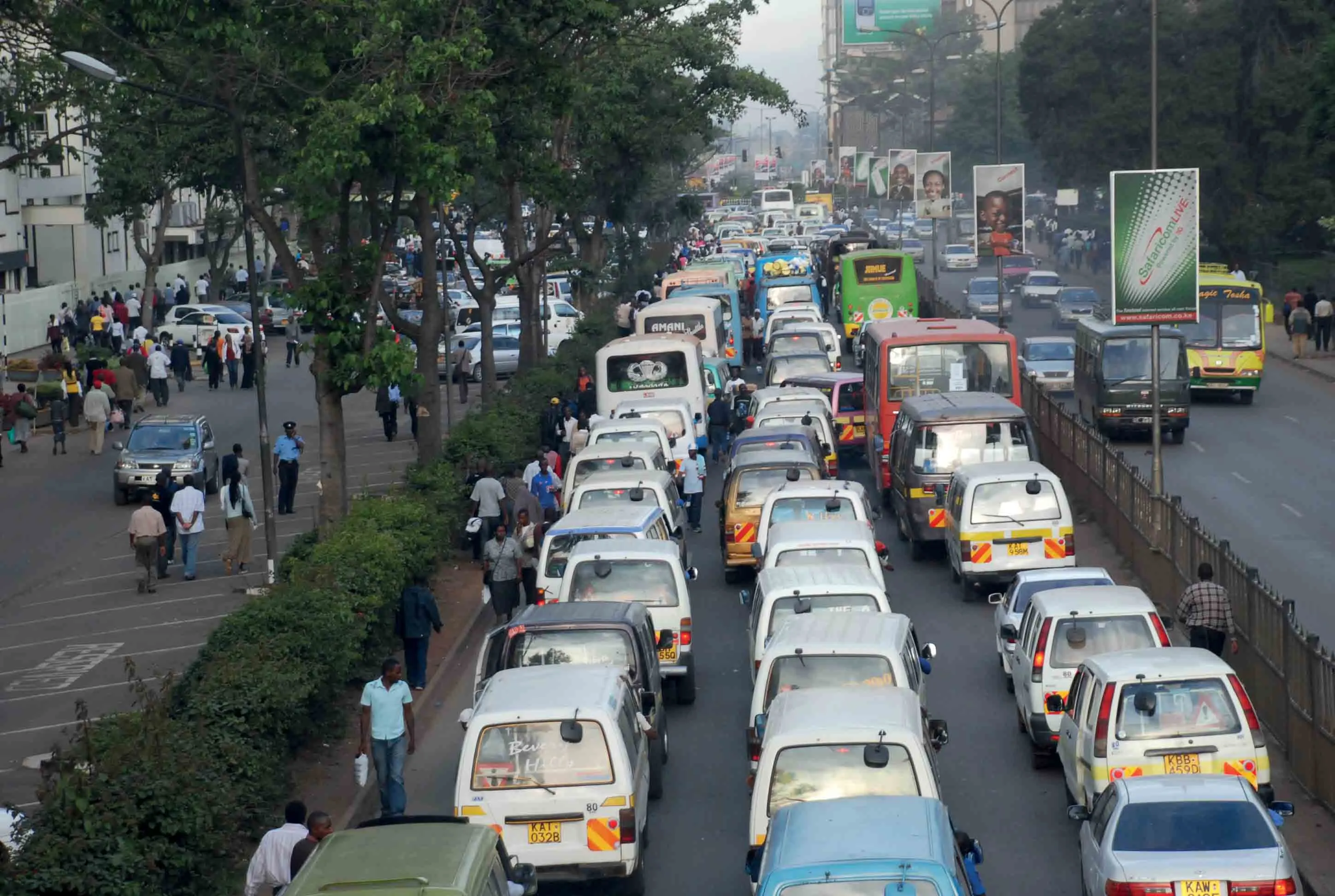Cyclists in cities including Peruvian capital Lima, San Francisco in California and the Australian cities of Melbourne and Sydney recently participated in successful naked bike ride events. Naked cycling events have become a regular fixture amongst some in the global cycling fraternity, moves attempting to highlight the safety risks suffered by vulnerable road users. A naked bike ride in New Zealand was less successful however, with a mere eight participants. It is not clear whether there are fewer cyclists
June 26, 2012
Read time: 1 min
Cyclists in cities including Peruvian capital Lima, San Francisco in California and the Australian cities of Melbourne and Sydney recently participated in successful naked bike ride events. Naked cycling events have become a regular fixture amongst some in the global cycling fraternity, moves attempting to highlight the safety risks suffered by vulnerable road users. A naked bike ride in New Zealand was less successful however, with a mere eight participants. It is not clear whether there are fewer cyclists in New Zealand or if they are simply more shy and retiring than those in Lima, San Francisco, Melbourne or Sydney.









